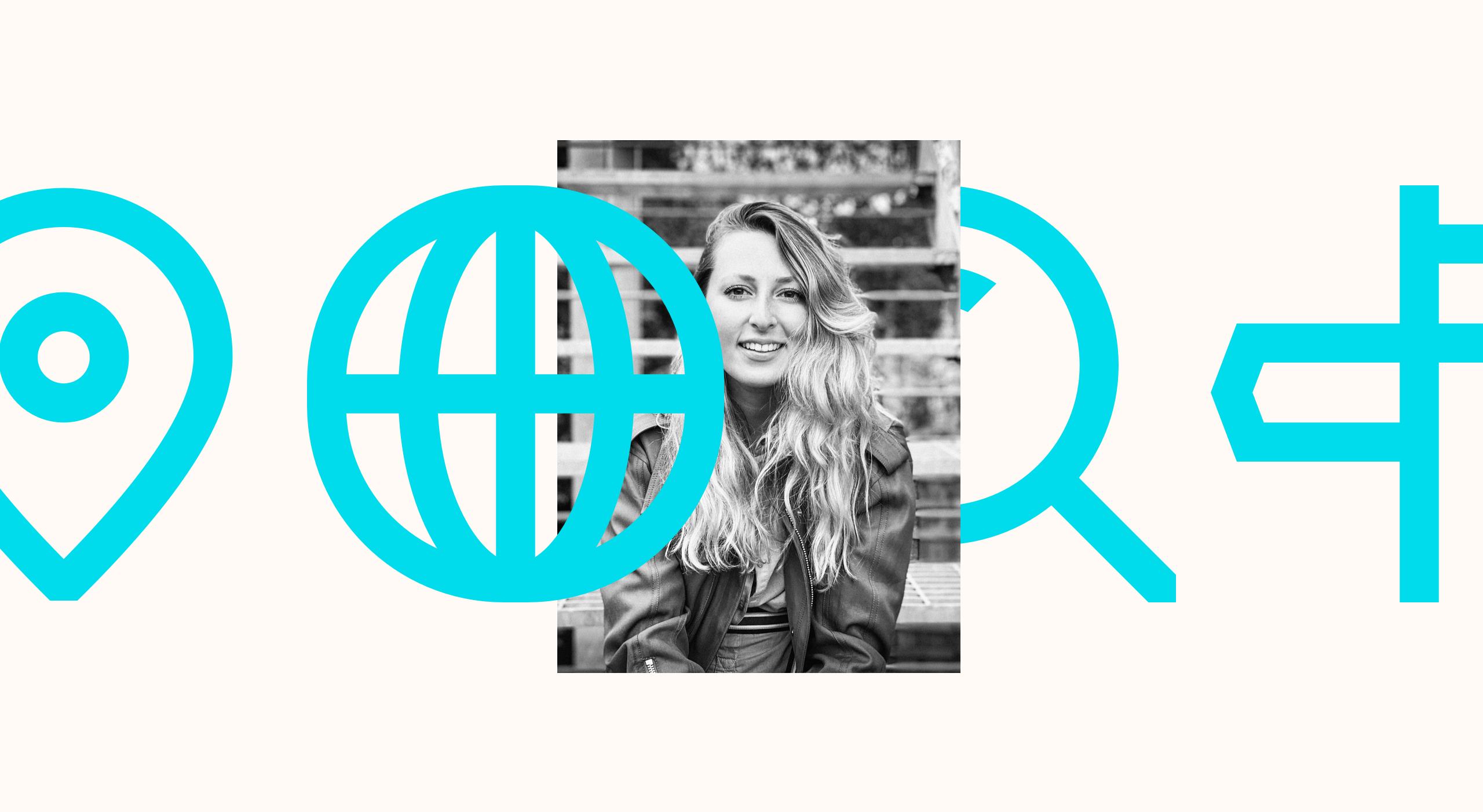Charlotte White is a Business Director at Orchard who has worked across Europe, Asia and most recently Oceania. She reflects on the rich insight and learnings that have come from her experience across the globe.
Reflecting on my various moves across continents, I feel incredibly fortunate to have benefitted from the learnings that come from each experience. When it comes to executing work across regions, I’ve found that expectations in the industry and the reality can look quite different. I’ve curated my top three learnings when it comes to global versus local roles, effective localisation and creativity in pharma marketing.
1. Audience
Expectation: Global audiences have the same needs and goals
This is nothing new. Global marketing teams have the unenviable task of trying to develop a silver bullet campaign that lands with impact, regardless of location. And today, they do this better than ever as we know our worldwide audiences more intimately. Armed with a deluge of global category and audience insights, prescribing clinicians and target patient data to support that global brand strategy, it’s all sorted. And then when it comes to local audiences here in Australia, well, it’s just a case of adapting and tweaking the materials right?
Reality: To find the ‘winning zone’ we need to re-define what it means to successfully localise
But what do we mean by a request to “localise global assets”? Update imagery, copy, or product disclaimers? Sure, these things are important but to find the ‘winning zone’ where campaigns are relevant and impactful to our target audience, we need to accept localisation isn’t simply an afterthought. It requires proper planning at a local level and a clear understanding and distinction of who it is we’re targeting and identifying their unmet need to form a viable connection. That was made so clear to me when I saw two elderly ladies on the Singapore underground deep in debate about my targeted Flu out of home campaign poster, which was locally created with recognisable locations and relatable talent.
Because let’s face it, it’s a tough balance to strike, between, connecting with local audiences and heavily constrained brand parameters. Agency partners are required to be far more creative with fewer tools to play with.
Identify which patients you’re targeting, their unmet needs and how your brand uniquely addresses these. Work with your agency partner to extract insights from your internal team and shape your brand positioning. After all, to find yourself in the winning zone, you can’t be all things to all people.
2. Strategy
Expectation: Let the global teams do the leg work…
When I started my first London role in a central haematology team, I couldn’t wait to roll up my sleeves and bring my first global campaign to life. So, you can imagine my disappointment when I heard it would require two years of planning, insights and workshops before a single creative pen was put to paper. And all in the name of a bulletproof global strategy that would allow a seamless launch into local markets with only minor adaptations. But, if it had been that simple me and the rest of team Australia could have spent loads more time topping up our tans on Bondi Beach.
Reality: Best practice strategy development should stay consistent across all markets
I’m fortunate to have seen both sides of the global vs local strategy development debate. Don’t get me wrong, the role of central brand and agency teams is vital to creating a successful launch strategy foundation, but I can’t help but feel that too much weight has shifted towards global responsibility.
For a local campaign to be successful we are still required to go through a traditional planning process. This does not mean we are required to duplicate steps or even execute a strategy with the same rigour but with so many variables such as local customs, norms, language and buyer sentiments, consistency of approach to process is vital.
Invest time with your agency partner to complement your global insights with agile local market research. This could be as simple as a handful of clinician interviews to gather perspectives on the treatment landscape or an expert advisory board to test your brand positioning.
3. Creative
Expectation: Be as creative as you want, just not too creative…
There is no denying healthcare creative sits in an entirely different space to our distant creative cousins over in consumer. And, when I go for drinks with colleagues from outside of the healthcare industry the general perception tends to be that our regulations, strict approval processes and narrow audiences often suppress creativity and as a result limit the quality of creative thinking.
Reality: Creative impact takes many shapes.
I do not see industry regulations to be a deterrent. Yes, they are in place to ensure responsible marketing in the best interest of our audience; but I find the process of designing local communication tactics that require ‘outside of the box’ thinking to straddle creativity and compliance, exciting. A chord that, if struck correctly can lead to smart brands creating truly exceptional work with true purpose.
Our goal is always to improve patient outcomes. A success barometer that is unique to our industry and therefore shouldn’t be compared to others.
The creative process can be subjective. Work with your agency partner to set clear objectives early on to shape the most appropriate and impactful creative approach.
So that’s the reality and key learns from working across three continents for how to effectively implement a bulletproof approach to Globalisation. No matter the geography, therapy area or brand, there are essential elements we can all embrace to ensure a successful campaign launch.
Get in touch
Want to effectively localise your brand for launch?
Reach out to charlotte.white@orchard.com.au

